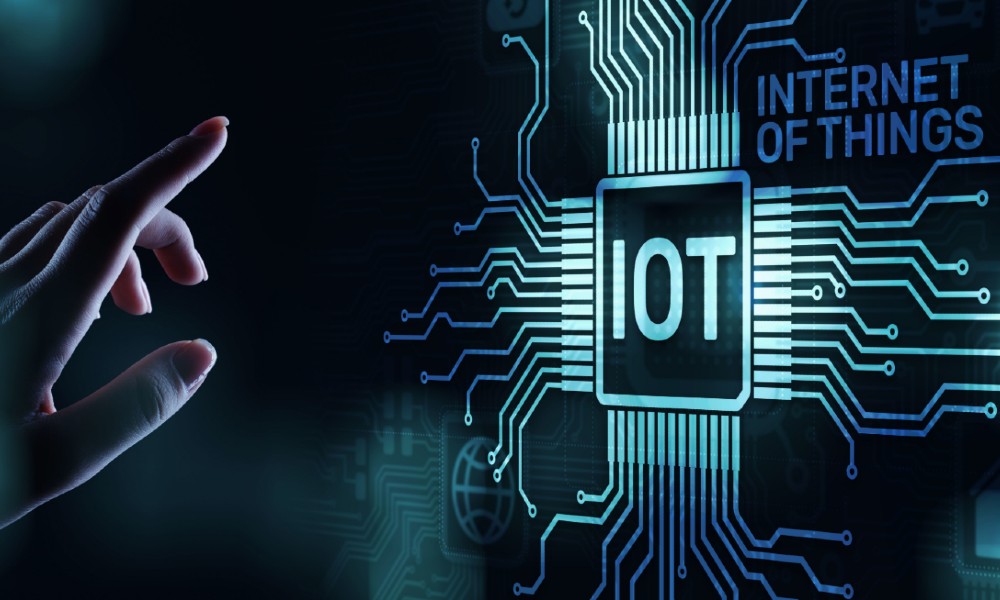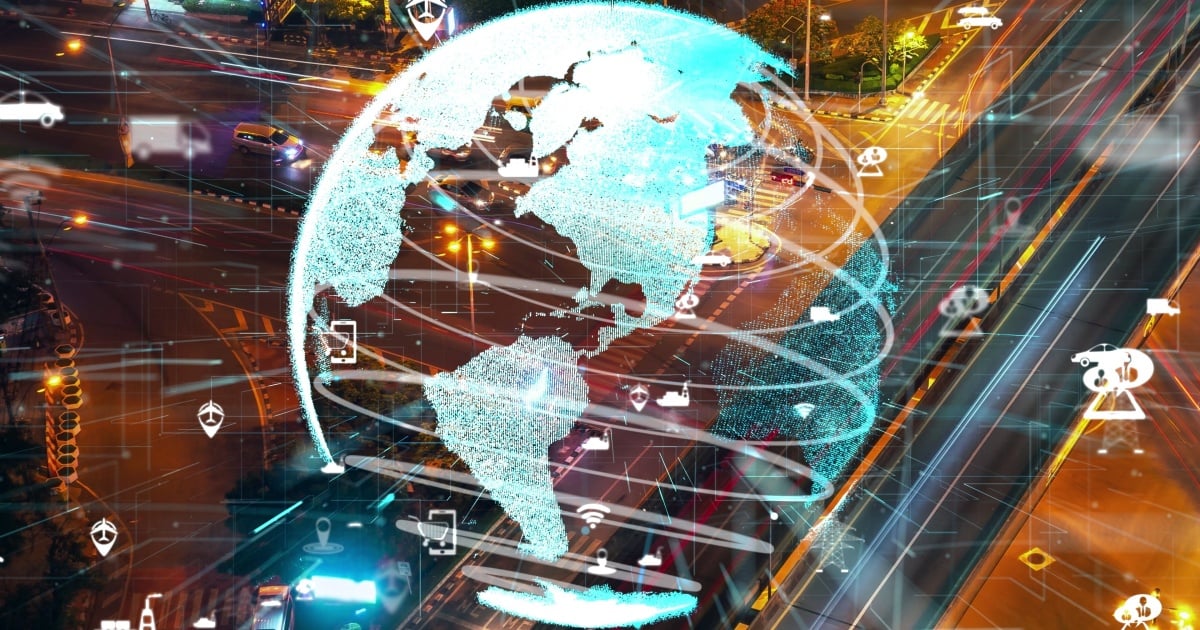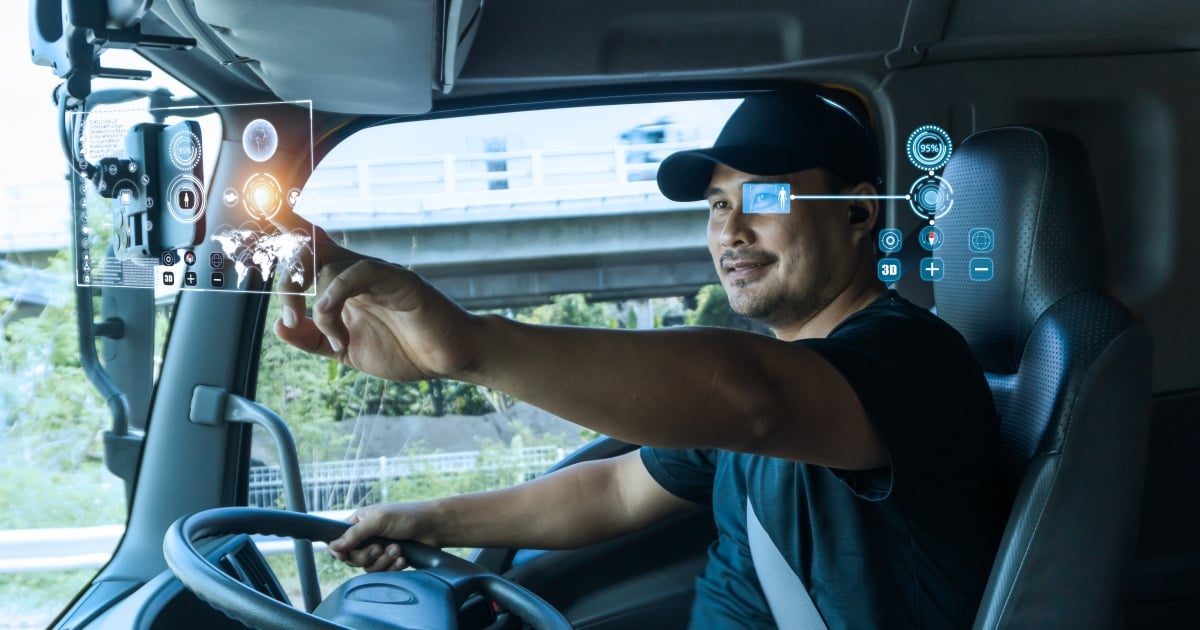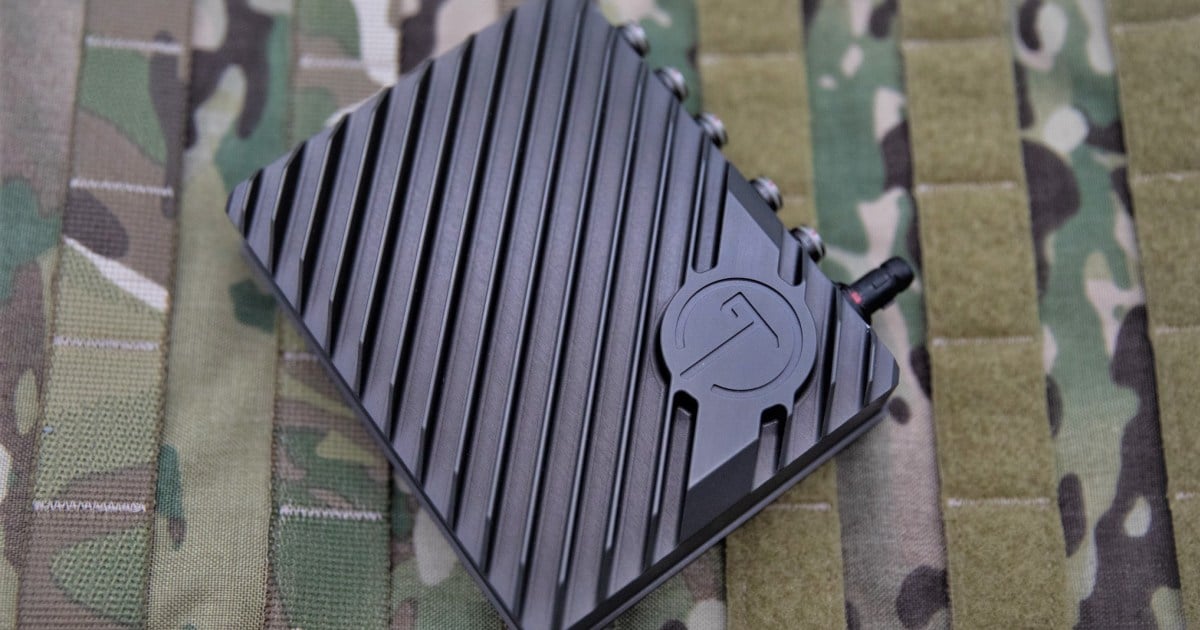
The adoption and use of edge technology have become essential for companies of any size and industry when looking to stay competitive. The booming technology accelerated even more during the Covid-19 pandemic, shooting all the way up to a market size of USD 4.68 billion in 2020.
While the quarantine highlighted new ways edge computing provides value, the recent introduction of various devices and applications, such as 5G, IoT, AI, and others, have helped make the edge now commonplace for many major companies.
Even current tech giants are making the move towards the edge, as was discussed by Dell at ZEDEDA Transform 2021, the company's second virtual event, which brought together experts from across the edge computing and IoT landscape.
"Dell Technologies in Conversation with ZEDEDA," featuring Pierluca Chiodelli, Vice President of Engineering & Edge Portfolio Product Management at Dell Technologies, was a highlight of the gathering.
Chiodelli sat down with moderator Said Ouissal, Founder and CEO of ZEDEDA, to talk about Dell's view on the rapidly growing Edge Computing market.
To start, Chiodelli gave his views on the current state of the edge and its market.
"The reality is that the edge right now is at a very interesting moment. We see great momentum. We see a lot of business happening at the Edge. But along with that comes a lot of complexity because everybody wants to prescribe the right solution," said Chiodelli. "Everybody wants to say, okay, you take this, and I solve all your problems, so the reality of it is we actually have a very fragmented environment."
After this, Ouissal asked what Chiodelli thought about the differences between edge architecture and the most common cloud designs.
"The cloud model is a model that is important, but it's a model that you can apply privately. And when you apply that model, you can take out more things from a physical data center," said Chiodelli.
Ouissal then segued this into a question about how the role of data centers will change as the world continues to adopt edge technology.
"Edge data centers are actually an extension, and a natural extension, of our core business," said Chiodelli. "What is different at the edge is more verticalization. You have industrial, chemical, energy, retail, and a farm, for example. Obviously, there is a difference between the guy on the farm and the guy in the factory in terms of what data he needs and when and how often he needs to collect the data."
Ouissal asked Chiodelli specifically about how Dell plans to take advantage of the $700 billion opportunity forecast by analysts.
"We're going to include more and more computers that are more suitable for the edge as we move more to the far edge as well and more solutions, more partner ecosystems added to Apex as well," said Chiodelli. "There is storage as a service, obviously one of the biggest ones that we launched. In the future, we will also offer applications, databases, and other things that will complete the offer."
"I think when it comes down to it, a good strategy for the edge is to verticalize," Chiodelli said, in response to a question from Ouissal about the future of the edge. "You need to make sure your edge is doing what the customer needs, whatever industry they may come from," said Chiodelli. "We've been in discussions many times when we approach, for example, manufacturing use cases where there is a need for an industrial PC for each one of the employees working on the production line. There is a need for a certain computer on the factory floor, and it differs from maybe the needs of a computer out in the field."
Ouissa then pivoted the conversation to the relationship between the edge and the cloud.
"We need both right now," said Chiodelli. "And we need to enable one and the other. The edge needs to sustain itself without the cloud, but it also needs to be able to work with the cloud. And in the same way, the cloud needs to be able to run without the edge and vice versa. We are working with the cloud. I don't think the cloud is an enemy of the edge. I think we are all here to solve customer problems. Some customer progress can be solved with the cloud."
Finally, Ouissal ended the session by asking Chiodelli for his overall prediction for the future.
"In the next twelve months, we're going to see a lot of acceleration of people that want to implement edge solutions, but they want to do it with end-to-end capability," said Chiodelli. "There are a lot of people in the edge, and it is still very fragmented. We need to bring all the pieces together and make sure that the edge is truly integrated because this could change the status quo. If we are not able to do that in a very organized fashion and in a very good way, we actually have the risk of losing the hype of the edge."
To view the full event on-demand,
click here
Edited by
Luke Bellos





